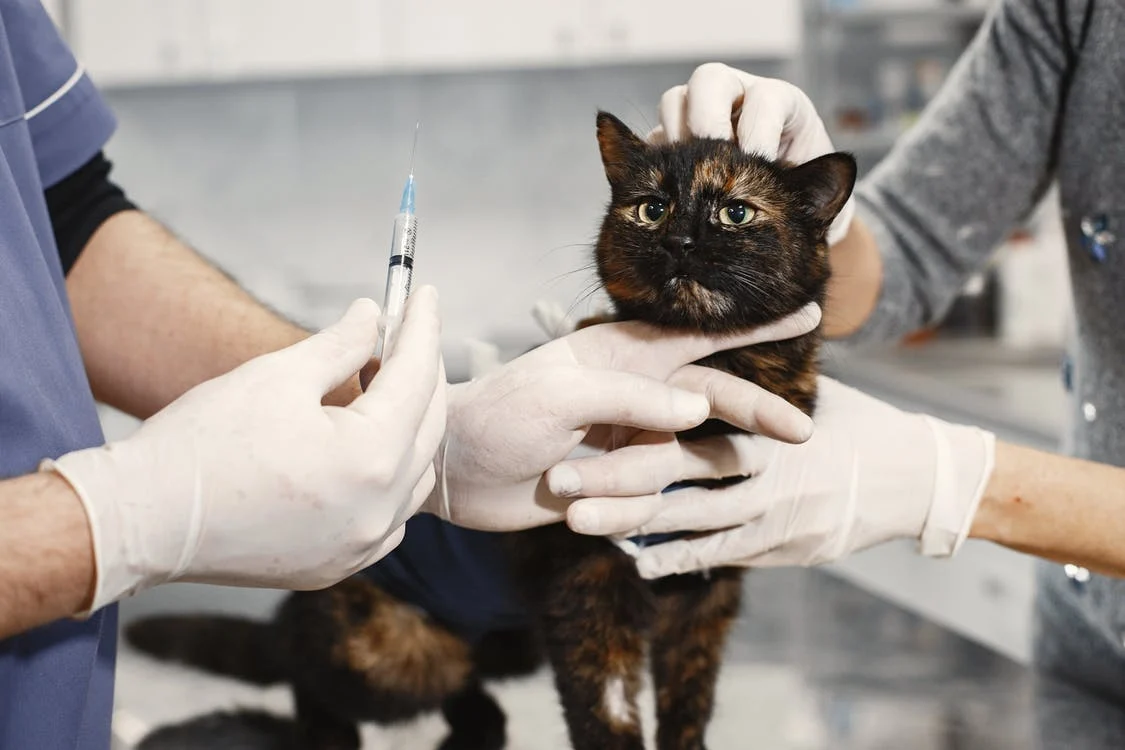The average cost of kitten care ranges from $600 to $5,300. That means you should budget $50 to $450 per month for the first year. Following that, cat parents spend approximately $300 to $3,000 per year or $25 to $250 per month.
The two most important factors influencing a cat’s cost are its breed status and popularity. Purebred cats are more expensive. Other considerations include the difficulty of the breeding process and the coloration of the individual cat.
Cat insurance exists to protect your pet from injuries and illnesses that they may sustain. Vet bills can be costly, and depending on the treatment your cat requires, costs can reach thousands of pounds. A cat insurance policy can help to protect you from these expenses.
Here are some of the things to consider should you choose to avail your cat insurance policy:
1. Cat Insurance Process
Companies typically require a health check-up and impose a waiting period before coverage kicks in to prevent owners from obtaining insurance when their pet is already sick. Accident coverage usually has a few days of the waiting period. When you need to use your insurance, you must first pay the vet bill yourself before filing a claim. Insurers will evaluate your claim and, if approved, will either deposit the funds into your account or mail you a check. This process usually takes two to three business days, but it can take up to a week for more complicated claims or if reimbursement funds are mailed to you. The structure of your plan determines your reimbursement.
2. Is Pet Insurance Really Necessary?
If you can find the money for a veterinary emergency or an ongoing medical condition, the answer is most likely no. If you don’t need pet insurance, having it won’t make you a better pet owner. From a purely financial standpoint, if you look at the average life of the average pet and compare things pound for pound, it’s probably not worth it after all the exclusions and fees. All insurance is a gamble and based on the number of successful pet insurance companies, the house usually wins.
If your financial situation is more precarious, the answer could be yes. Pet insurance ensures that you have the funds you require when you need them. Nobody wants to be in the heartbreaking situation of having to deny veterinary care to a beloved pet due to financial constraints, so if you find yourself in that situation, pet insurance is probably worth it for you. Just make sure you understand what you’re getting into.
3. Conduct Your Own Research
Several good pet owners have recently made poor pet insurance decisions, and the unfortunate truth is that all of them could have been avoided if they had read their policy paperwork more carefully. Advertisements sell a very appealing product, but there is much more to a pet insurance policy than the company displays on their succinctly worded policy summary. As tedious as it may sound, you should read every word of a pet insurance policy because some of the most important information are frequently hidden within the tiny text. You may read 10 reasons why you might need pet insurance for guidance on this matter. If you don’t, you may be in for a rude awakening when you try to file a claim.
Four Factors to Consider in Purchasing a Pet Insurance
- Pet Insurance Plan Policies
Insurance companies provide various coverage options. Each company will provide a variety of plans, so you must compare coverage levels, exclusions, and other benefits before selecting a plan.
- Reputation of Pet Insurance Companies
The reputation of the company is an important consideration when selecting a pet insurance policy. A company that has been in business for a long time and has a good rating with organizations such as the Better Business Bureau (BBB) can make you feel more at ease with your purchase. You can also look at online customer reviews for pet insurance companies to see if their customers are satisfied with their services. Examine ratings on Google or Yelp, as well as the company’s Facebook page or other social media platforms. Your veterinarian may also have recommendations for a good insurance plan.
- How you will be compensated
Are you looking for insurance consideration for your mild-mannered and timid Nebelung cat or your delightful and elegant Cornish Rex cat? Typically, pet insurance provides one of two types of reimbursement:
Percentage of invoice:
Your insurance company will cover a portion of your total vet bill. For example, if you have a 60 percent reimbursement plan and a $100 vet bill, the insurance company will pay $60. These plans usually require you to pay the entire vet bill upfront. After that, you’ll file a claim with your insurance company to be reimbursed.
Benefit schedule:
A benefit schedule enables you to pay a discounted rate in advance rather than the full cost of service. For example, if your cat requires a procedure that would normally cost $1,200 or more, your insurance plan may limit your out-of-pocket expense to $995. Your insurance company has negotiated a discounted rate with the veterinarian. Your veterinarian will then bill your insurance company for the balance.
Most insurance companies only provide one type of reimbursement. Consider both options carefully before deciding on the best payment system for you. People who cannot afford to pay the entire vet bill and must wait for a check may benefit from a benefit schedule plan. Although the percentage of invoice plans is more difficult to understand, their pricing structure is simpler.
4. Discounts on pet insurance are possible
Offering unique discounts is one of the simplest ways for an insurance company to differentiate itself from the competition. Every insurer is likely to offer a variety of company-specific discounts. Some pet insurance companies offer additional ways to save, such as multi-pet discounts or discounts if your pet receives regular wellness care to avoid future health problems. Check with individual pet insurance providers to see what discounts they provide to customers.
5. Pet insurance can offer peace of mind, but it is not always a wise investment
There is no such thing as standard pet insurance. Each company has its own set of exclusions, and many use terms like “pre-existing conditions” to avoid covering your pet’s veterinary care even when you need it the most. Broadly defining and excluding pre-existing conditions helps ensure that the insurance company does not go bankrupt because of the policyholders who are most likely to file frequent large claims. While no pet insurance company will cover pre-existing conditions, definitions vary from company to company and on a case-by-case basis.
Many pet owners buy pet insurance plans only to discover that when they file a claim for what they thought was a new condition, the insurance provider disagrees. It’s not uncommon for insurance companies to deny coverage, claiming that the problem is related to a condition that was treated months or even years ago. Pre-existing condition exclusions are frequently used to deny claims.

